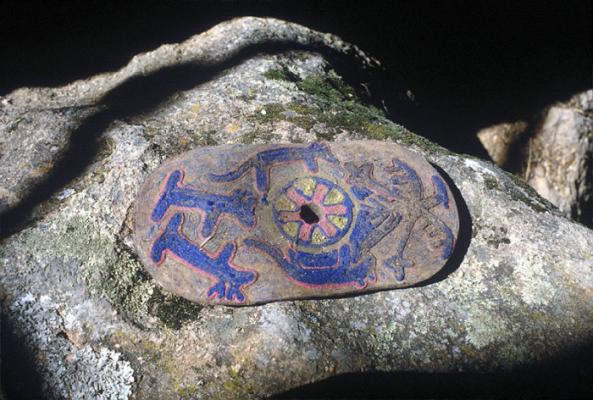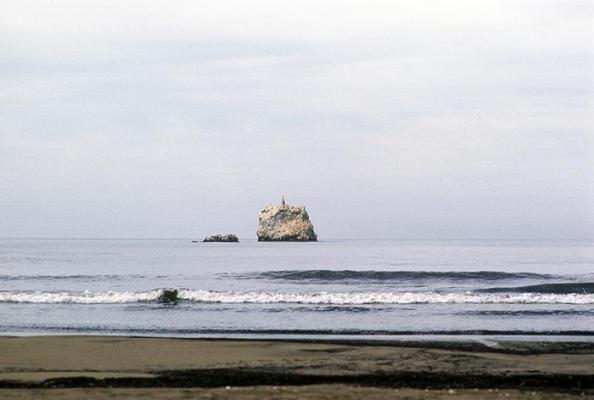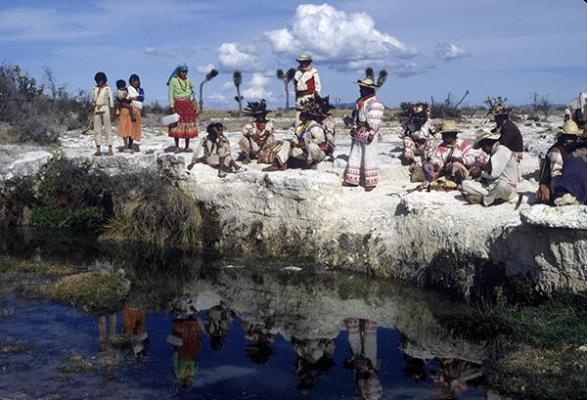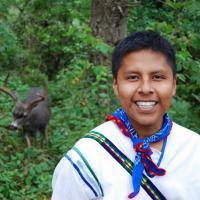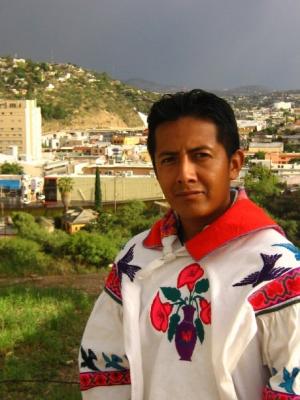The 2011 Pan American Games, to be held in October in Guadalajara, Mexico, have three mascots. One of them is Huichi, a caricature of the sacred Huichol deer, and according to Emilio González, Jalisco state Governor, and the Games Organising Committee, a "worthy ambassador of the Huichol". However, far from being a “worthy ambassador”, for the Huicholes Huichi represents a sacrilegious misuse of sacred Huichol symbology. If the government had bothered asking beforehand – which it didn’t – it would have found that out. In another sleight, the Huicholes, whose artisanry is famous worldwide, formally proposed having a fixed space to sell their artisanry during the games, but this was rejected, all of this by which time Huichi had already been made public.
